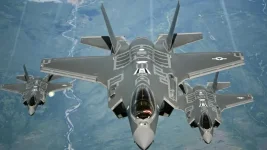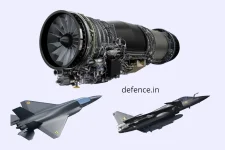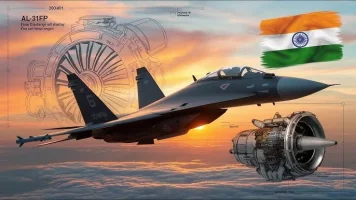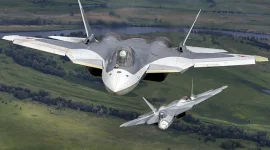- Views: 5K
- Replies: 13
The Indian Air Force (IAF) is set to embark on a significant modernization program for its Sukhoi-30 MKI fighter jets, the backbone of its combat fleet, beginning in the financial year 2025-26.
A recent report presented to Parliament by the Standing Committee on Defence outlines plans to integrate domestically developed avionics, advanced weaponry, and electronic warfare (EW) systems onto these aircraft.
This initiative aims to sharpen the IAF's operational capabilities while simultaneously advancing India's goal of self-sufficiency ("Atmanirbhar Bharat") in critical defence technologies.
The Su-30 MKI fleet, comprising over 260 aircraft, represents nearly half of the IAF's fighter strength and has been instrumental to India's air power strategy since its introduction in the early 2000s. These versatile jets have consistently demonstrated their effectiveness in various roles, including air-to-air combat, ground attacks, and long-distance strike missions during exercises and operational scenarios.
However, the upcoming upgrades address the strategic need to replace foreign-sourced subsystems with advanced Indian technology, enhancing the aircraft's combat effectiveness and survivability against modern threats. Hindustan Aeronautics Limited (HAL), which assembles the Su-30 MKI under license in India, is expected to play a crucial role in executing these upgrades.
A key aspect of the modernization involves equipping the jets with state-of-the-art indigenous avionics. The parliamentary report suggests these upgrades could encompass next-generation cockpit interfaces, powerful mission computers, and crucially, radar enhancements.
There is potential for the integration of the Defence Research and Development Organisation (DRDO)-developed 'Virupaksha' Active Electronically Scanned Array (AESA) radar. An AESA radar offers significant advantages over the current Russian N011M 'Bars' radar, including enhanced target detection and tracking, improved resolution, and greater resistance to electronic jamming.
Furthermore, modern avionics are anticipated to streamline maintenance procedures and reduce aircraft downtime, a vital factor for maintaining high operational readiness.
The enhancement of the Su-30 MKI's weapon systems is another major focus, aiming to bolster its long-range precision strike capabilities.
The IAF has already started integrating indigenous munitions such as the 'Astra' Mk-1 beyond-visual-range air-to-air missile (BVRAAM), with a stated range exceeding 100 kilometers, and the air-launched variant of the 'BrahMos' supersonic cruise missile, capable of hitting targets up to 400 kilometers away.
The Standing Committee report indicates that the 2025-26 upgrades will likely see the addition of newer weapons like the extended-range 'Astra' Mk-2 (reportedly targeting ranges beyond 160 km) and the DRDO-developed Smart Anti-Airfield Weapon (SAAW).
These standoff weapons are crucial for allowing the IAF to engage targets deep within enemy territory while minimizing risk to aircraft and pilots, particularly considering the security landscape on India's borders.
Finally, the upgrade package emphasizes the integration of advanced indigenous electronic warfare (EW) systems.
Modern air combat heavily relies on controlling the electromagnetic spectrum, and the report highlights the necessity for sophisticated EW suites to counter advanced enemy air defence systems and electronic jamming attempts.
Systems potentially being considered for the Su-30 MKI include the DRDO's 'Dhruti' radar warning receiver and elements from the developmental 'Samyukta' EW suite.
Enhancing the aircraft's ability to detect, deceive, and neutralise radar and missile threats is paramount for survival and mission success in heavily contested airspace. This comprehensive upgrade program aims to ensure the Su-30 MKI remains a formidable asset for the IAF for years to come.




